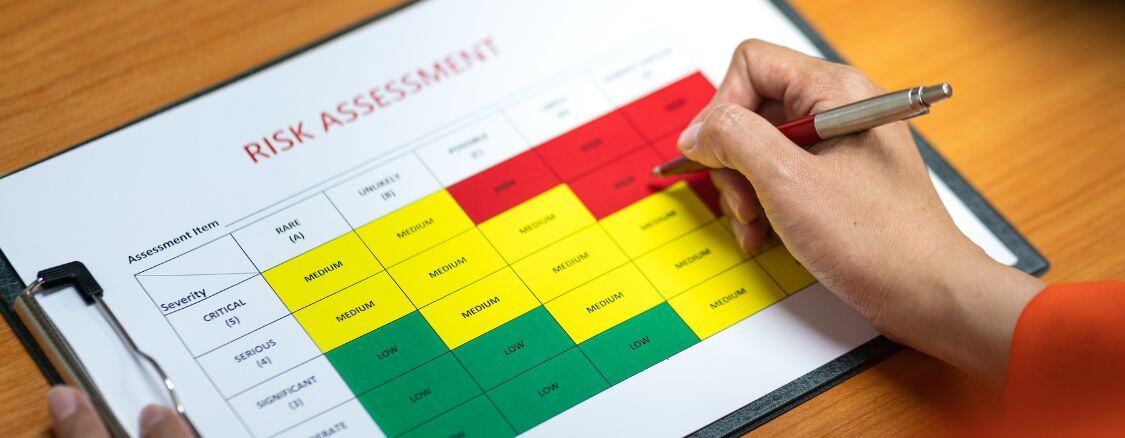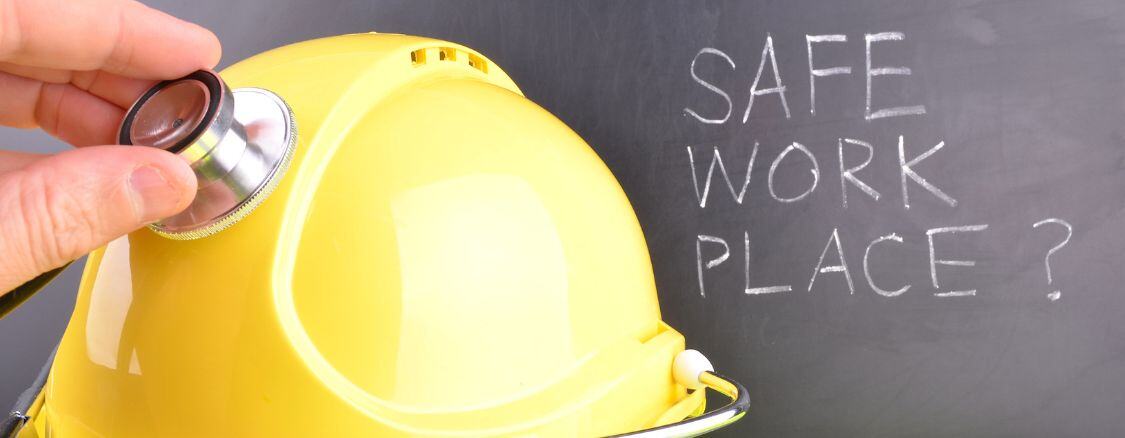Understanding potential risks is essential to ensure the safety of lone workers. This article explains how to conduct effective risk assessments, providing tools and examples for protection.
Understanding lone working
Definition: what is lone working?
 Lone working refers to the practice of employees carrying out their duties independently, without direct supervision or immediate assistance from colleagues or supervisors. This can encompass a wide range of industries and job roles, where individuals may find themselves working in remote locations, in public-facing roles, or in environments where they are physically isolated from others.
Lone working refers to the practice of employees carrying out their duties independently, without direct supervision or immediate assistance from colleagues or supervisors. This can encompass a wide range of industries and job roles, where individuals may find themselves working in remote locations, in public-facing roles, or in environments where they are physically isolated from others.
Lone working requires individuals to be self-reliant, resourceful, and able to make decisions autonomously to ensure their safety and well-being while performing their tasks. Understanding the unique challenges and risks associated with lone working is crucial for employers to implement effective safety measures and support systems for their lone workers.

Associated risks: specific dangers associated with lone worker activities
 In addition to the general risks that all workers may face, lone workers are at a heightened risk due to their isolation. Some specific risks associated with lone worker activities include:
In addition to the general risks that all workers may face, lone workers are at a heightened risk due to their isolation. Some specific risks associated with lone worker activities include:
- Environmental dangers: Lone workers in remote locations may encounter extreme weather conditions, wildlife encounters, or dangerous terrain that can pose a threat to their safety.
- Equipment malfunctions: Without immediate assistance available, equipment failures or malfunctions can become more dangerous for lone workers, leading to potential injuries or accidents.
- Communication breakdown: In the absence of direct supervision or immediate contact with colleagues, lone workers may face challenges in communicating emergencies or seeking help in critical situations.
- Accidents and injuries: Without immediate assistance, even minor accidents can become severe emergencies.
- Health emergencies: Medical conditions or sudden health issues, such as heart attacks or strokes, pose a significant risk when no one is nearby to provide help.
- Aggression and Violence: Workers in public-facing roles or those handling valuables may be targets for aggression or violence.
- Psychological Impact: Extended isolation can lead to feelings of loneliness, stress, and anxiety, affecting mental health and job performance.
Understanding these specific risks is crucial for conducting effective risk assessments and implementing appropriate control measures to ensure the safety and protection of lone workers in various industries and job roles.

Why a risk assessment is crucial
It helps prevent accidents
A thorough risk assessment helps to anticipate and prevent accidents. By identifying potential dangers and implementing control measures, employers can reduce the likelihood of incidents. This proactive approach not only protects workers, but also minimizes downtime and the costs associated with workplace accidents.
It ensures psychological safety
Isolated workers can suffer from increased stress and anxiety because of their isolation. Regular risk assessments that include psychological well-being can help address these issues. Putting support systems in place, such as regular check-ups and mental health resources, can improve the overall safety and job satisfaction of workers.
It enables legal compliance
Various regulations and legal obligations govern the working conditions of lone workers. Employers are required to provide a safe working environment, and failure to do so can result in legal penalties. A comprehensive risk assessment demonstrates a commitment to safety and compliance with legal standards.

How to carry out a risk assessment for lone working
When conducting a risk assessment for lone working, it is crucial to follow a systematic approach to ensure the safety of these employees. Here are the key steps to effectively assess and manage risks for lone workers:
1. Risks identification:
- Conduct a thorough analysis of the work environment, including physical workspace and potential dangers such as slippery floors, poor lighting, or inadequate ventilation.
- Evaluate specific tasks being performed by lone workers to identify risks associated with handling dangerous substances, operating heavy machinery, or other job-specific dangers.
- Consider individual worker characteristics such as health conditions, experience levels, and training needs that may impact their safety while working alone.
2. Lone worker risk assessment:
- Assess the likelihood and severity of each identified danger to determine the potential impact on lone workers.
- Use a risk matrix to prioritize risks based on their probability and consequences, focusing on addressing high-risk factors first.
- Document all identified risks and the assessment process for accountability and future reference.
👉 You can find risk assessment template here.
3. Control Measures:
- Implement engineering controls to modify the work environment or equipment and reduce health and safety risks, such as installing safety barriers or improving ventilation.
 - Develop administrative controls, including policies and safety procedures, to manage risks effectively, such as scheduling regular safety training or implementing buddy systems.
- Develop administrative controls, including policies and safety procedures, to manage risks effectively, such as scheduling regular safety training or implementing buddy systems.
- Provide appropriate personal protective equipment (PPE) to lone workers to protect them from specific risks they may encounter during their tasks.
- Use technology solutions like lone worker monitoring systems, GPS tracking, and emergency alert devices to enhance safety and provide immediate assistance if needed (such as Beepiz).
By following these steps and implementing comprehensive risk management strategies, employers can create a safer and more supportive work environment for lone workers. Prioritizing the physical and psychological well-being of employees operating in isolation not only ensures legal compliance but also fosters a culture of safety and care within the organization. It is essential to review and update the risk assessment regularly, at least once a year or whenever a new dangerous event occurs in relation to lone working.

⏳ IN BRIEF ⌛
Lone working risk assessment is essential for ensuring the safety and well-being of workers who operate in isolation. By understanding the unique risks associated with working alone and implementing effective risk management strategies, employers can create a safer, more supportive work environment.
Prioritizing the physical and psychological health of lone workers not only complies with legal standards but also fosters a culture of safety and care within the organization. You must review your risk assessment every year or whenever a new dangerous event occurs in relation to lone working.
👉 To enable your lone workers to send an alert if they need to, and ensure their safety, get them a Beepiz app!
